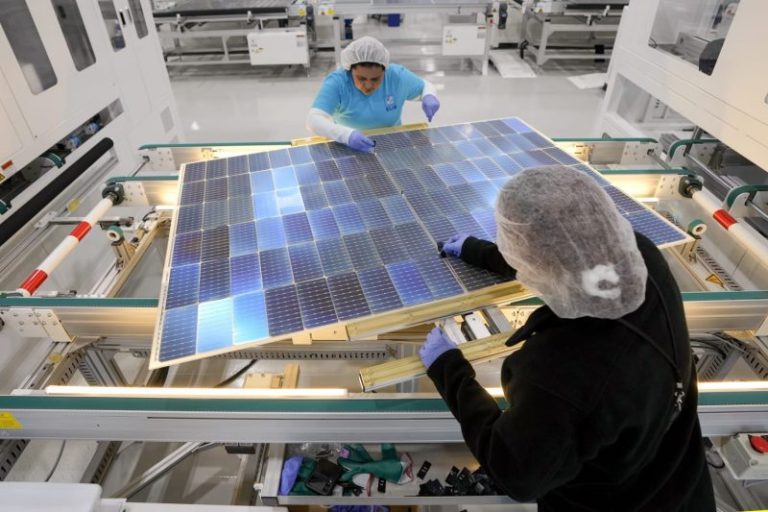The Inflation Reduction Act of 2023: An Economic Stimulus for Manufacturing and Clean Energy
Section 1: Historical Context
The Inflation Reduction Act (IRA) of 2023 marked a pivotal moment in economic policy, aiming to tackle rising inflation rates and stimulate economic growth. As a response to the inflationary pressures of the time, the IRA introduced a series of measures to curtail inflation and revitalize key sectors of the economy.
Section 2: Manufacturing Boom
One of the notable outcomes of the IRA was the resurgence of the manufacturing sector. Through targeted incentives and investment, the act encouraged companies to expand their manufacturing capabilities domestically. This resulted in the creation of new jobs, increased production capacity, and a boost to the overall competitiveness of the manufacturing industry.
Furthermore, the IRA incentivized research and development in advanced manufacturing technologies, positioning the United States as a global leader in innovation and quality manufacturing. This renewed focus on manufacturing not only created economic opportunities but also strengthened the country’s industrial base and security.
Section 3: Clean Energy Revolution
In addition to its impact on manufacturing, the IRA played a significant role in fostering a clean energy revolution. By providing tax incentives and subsidies for renewable energy projects, the act encouraged investment in solar, wind, and other clean energy sources. This led to a substantial increase in the adoption of clean energy technologies and a reduction in greenhouse gas emissions.
Moreover, the IRA facilitated the development of sustainable infrastructure and energy-efficient practices across various industries. This shift towards clean energy not only helped mitigate the environmental impact of traditional energy sources but also promoted long-term sustainability and economic growth.
Section 4: Synergies and Benefits
The manufacturing and clean energy sectors experienced synergies as a result of the IRA, creating a ripple effect of economic benefits. The increased demand for components and materials in clean energy production bolstered the manufacturing industry, while advancements in manufacturing technologies contributed to the efficiency and affordability of clean energy solutions.
Furthermore, the collaborative efforts between manufacturers and clean energy firms enhanced cross-sector innovation and drove job creation in emerging fields such as green technology and sustainable manufacturing practices. This interconnected growth contributed to a more resilient and competitive economy, positioning the United States as a leader in both manufacturing and clean energy sectors.
Section 5: Conclusion
In conclusion, the Inflation Reduction Act of 2023 served as a catalyst for economic transformation, sparking a manufacturing and clean energy boom that reshaped key sectors of the economy. By encouraging innovation, investment, and collaboration, the IRA not only addressed immediate economic challenges but also laid the foundation for sustainable growth and competitiveness in the years to come.



